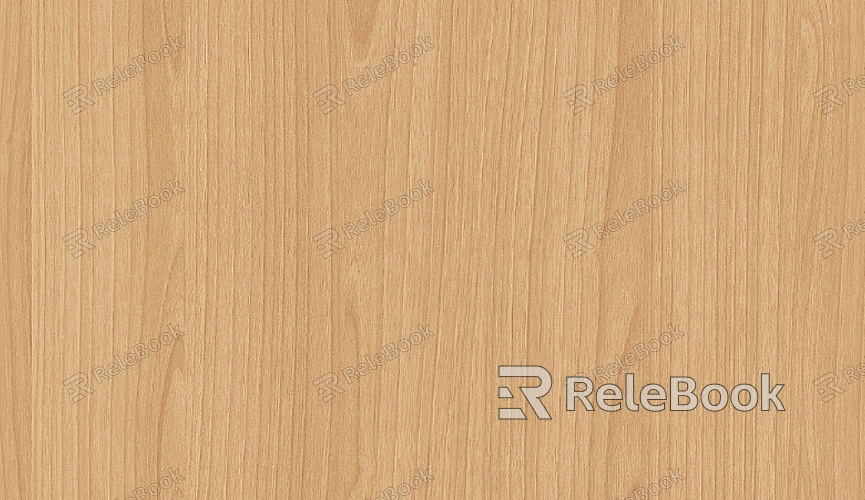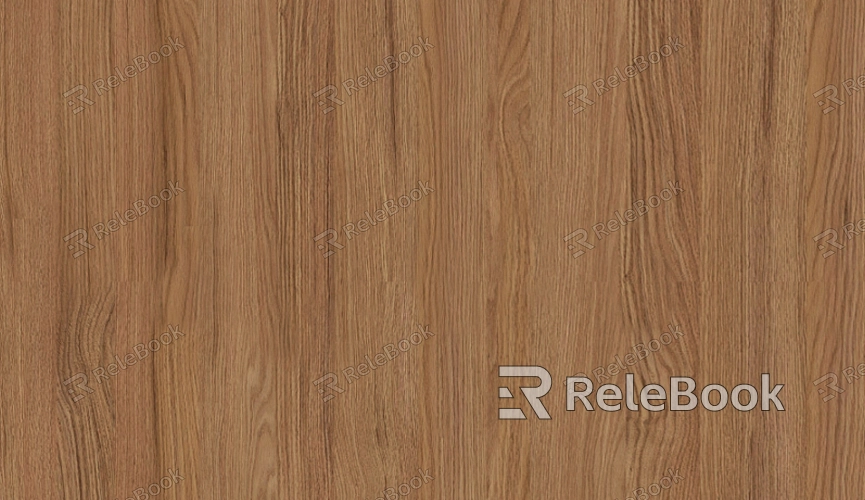How to Export UV Textures with a Black Background?
In the process of 3D modeling and texture creation, UV textures play a crucial role. They allow artists to map 2D images onto the surfaces of 3D models, adding detail and color. While the background of UV textures is often transparent or white by default, there are instances where you might want to export a UV texture with a black background. This can be especially useful in rendering workflows or for special effects, where a black background helps better integrate the model with other elements. In this article, we will explore how to export UV textures with a black background and address common questions related to this process.

Understanding the Relationship Between UV Textures and Backgrounds
UV mapping is the process of unfolding a 3D model's surface onto a 2D plane. Each face of the model is assigned a corresponding UV coordinate, which determines how a texture is applied to the 3D surface. Typically, when exporting UV textures, the background is transparent to make it easier to composite the texture with other graphical elements or backgrounds.
However, there are scenarios where exporting a UV texture with a black background is beneficial. For example, in some rendering engines, a black background can make the model's details clearer, or it can be more manageable when composing the texture with other effects.

How to Export UV Textures with a Black Background
To export UV textures with a black background, you need to use software that supports this feature. Below, we’ll discuss how to achieve this in several popular 3D modeling programs.
1. Exporting UV Textures with a Black Background in Blender
Blender is an open-source 3D modeling and rendering software that offers flexible texture export options. Here’s how to export UV textures with a black background in Blender:
- Unwrap the UVs: Ensure that your model has been properly unwrapped. Enter "Edit Mode," select all the faces, and use the "Unwrap" command to generate the UV map.
- Set the Black Background: By default, Blender's background is transparent. However, you can change this by adjusting the render settings. In the "Properties" panel, go to the "Render Properties" tab and find the "Film" section. Uncheck the "Transparent" option to make the background black.
- Export the Texture: In the "UV Editing" workspace, on the left panel, your UVs will be displayed. On the right side, create a new texture image, and choose black as the background color. Next, use the "Bake" function, select the appropriate texture type, and bake the texture. Finally, save the image file.
2. Exporting UV Textures with a Black Background in Maya
Maya is a widely used 3D modeling and animation software, known for its robust UV unwrapping and texture export capabilities. Here’s how to export a UV texture with a black background in Maya:
- Unwrap the UVs: First, in the "UV Editor," unwrap your model’s UVs to make sure each face is correctly mapped.
- Create a Black Background: Before exporting the texture, you need to create a new image texture and set its background to black. In the "Hypershade" editor, create a new "File" texture node and choose black as the background color.
- Bake and Export the Texture: Select the model you want to bake, then go to the "Rendering" menu and choose "Bake." In the bake settings, ensure that the background color is set to black. After adjusting the resolution and other settings, click "Bake."
- Save the Image: Once the baking is complete, save the texture as an image file, and it will include the black background.
3. Exporting UV Textures with a Black Background in 3D Max
3ds Max is another popular 3D modeling and rendering software, often used in gaming and film production. Here’s how to export UV textures with a black background in 3D Max:
- Unwrap the UVs: First, enter the "Unwrap UVW" modifier and unwrap the model’s UVs.
- Create a Black Background: Before exporting the texture, choose a black material as the background. In the material editor, create a new "Standard" material and set the color to black. Apply this to the UV map of the model.
- Bake and Export the Texture: In the "Render Setup" menu, select the "Render to Texture" option, adjust the output format and resolution, and make sure the background color is set to black. After making the necessary adjustments, click "Render" and save the result.
By mastering the process in software like Blender, Maya, and 3ds Max, you can easily tailor your textures for various creative and technical needs. Whether you are working in animation, visual effects, or game design, understanding how to control the background of your UV textures will help you streamline your workflow. If you need more 3D models and textures for your projects, be sure to visit the Relebook website, where you can download a wide range of resources.
FAQ
Why is the background of UV textures usually transparent?
The background of UV textures is typically transparent to make it easier to composite textures with other images or elements. A transparent background allows the texture to only cover the model’s surface without interfering with the surrounding environment.
Can I export UV textures with a black background in all 3D software?
Most modern 3D software allows for the customization of background colors during texture export, though the method of doing so may vary slightly between programs. You may need to adjust rendering settings, baking options, or image output settings to achieve a black background.
What are the benefits of exporting UV textures with a black background?
Exporting UV textures with a black background can be useful in certain rendering or composing workflows. For example, a black background may make the edges of the model easier to see, or it might blend more naturally with other special effects, such as lighting and reflections.
How can I ensure my UV texture resolution is high enough?
When exporting UV textures, you can set the image resolution to ensure the texture quality meets your needs. Higher-resolution textures provide more detail but also increase file size. Choose a resolution that balances quality and performance based on your specific project requirements.

